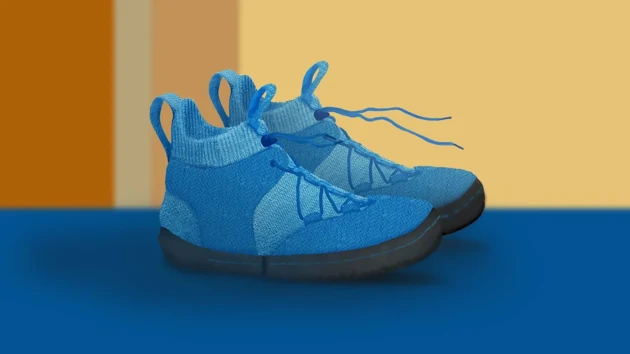Form exploration with fabric
Growing shoes
Reducing consumption and emissions is key to a sustainable and functional future for all. However, the discussion about reducing environmental impact often overlooks the consumption of children's items, which presents unique challenges due to children's rapid growth. Therefore, this project has focused on children footwear, based on the problem statement: How can we develop and provide possible alternatives for more sustainable children footwear that not only encourage a change in consumption behavior but also reduce the waste of children's shoes? By integrating principles of circular design and economy, a concept for ’growing shoes’ for children aged 2-3 years has been developed, with the aim of contributing to Sustainable Development Goal 12 (responsible consumption and production). The result is a design that can reduce the overall production of children footwear, promote shoe recycling, minimize waste, and ultimately contribute to improved consumption behavior in the long term.
Project information
The idea of reducing our consumption is as ingrained a concept as any, for those of us in a western society. We are simply using too many resources per person and we must make the conscious choice and effort to reduce it. Essentially, our goal is to stop unnecessary consumption of new things that are not really needed. However, one group in our society does not really have the option to consume less - children. Children’s growth poses a new problem statement regarding sustainable consumption and production. Contrary to most of adult consumption, the need is exactly what drives the consumption. With a focus on footwear, this project aimed to provide a new solution that provides an alternative to children’s consumption and production driven by need.
Method
The research consisted of studies of the textile- and footwear industry, focusing on the negative aspects of consumption and production. Alongside the study of environmental impacts I ran a questionnaire and interviews with those that responded to the survey. It was instrumental to hear the parents’ view on their children’s use of shoes and how often they had to get rid of perfectly good shoes. After deciding to focus on the creation of a new shoe design I mainly worked with physical models, created both with manual work as PVC models and more advanced versions by 3D-printing.
Result
The result of the project is a prototype shoe that can grow with its user, allowing for three times the period of use for a traditional pair of shoes. This not only leads to a lower consumption and therefore production of new shoes but also teaches children at a young age to use what they have, which is something second-hand solutions or other circular systems do not promote.
The final sneaker design can take on three different sizes, making it the perfect option for use from spring all the way through autumn. Thanks to the growable design, the shoe also consists of modular components, which allows for easy replacement of parts or repairs at home. Fittingly for a shoe that encourages and simplifies sustainability, the sole is also made of reused materials that can continue to be recycled when the sole finally is scrapped.
In collaboration with:
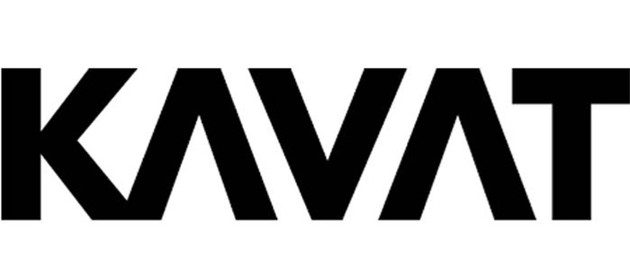
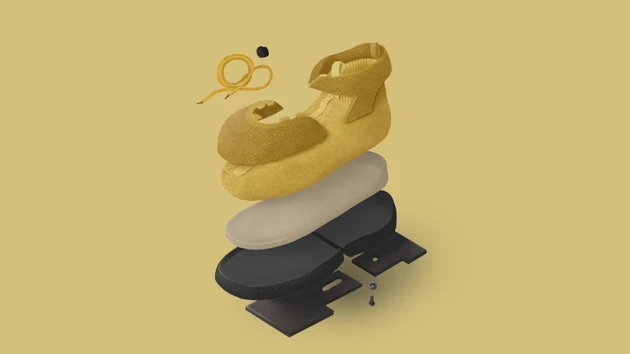
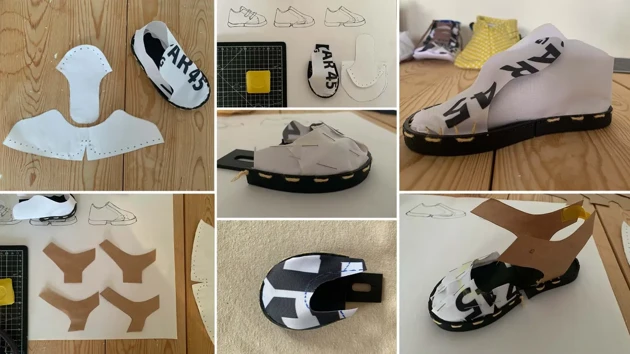
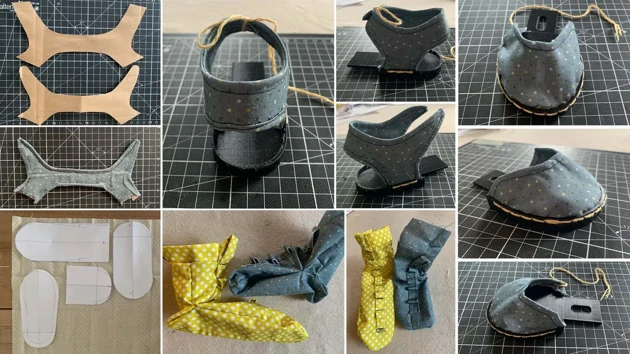
Fabric prototypes
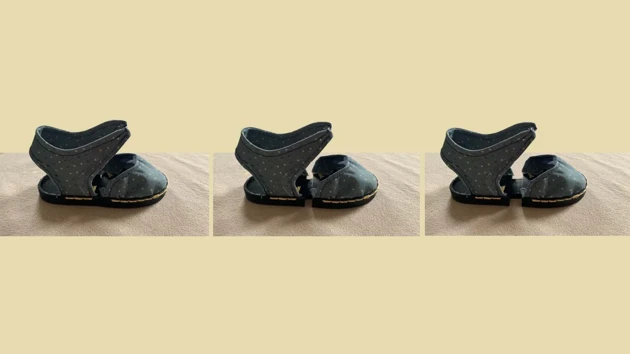
Prototypes in three different sizes (EU 22, 23, and 24)
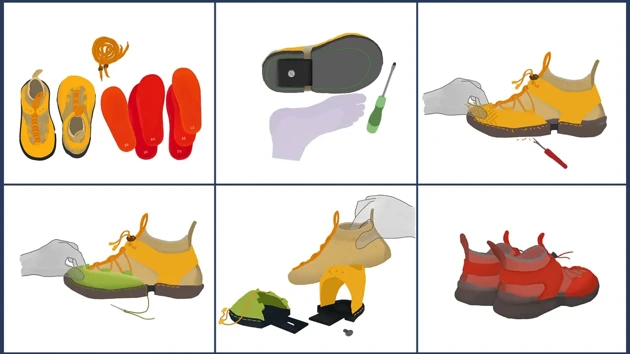
Storyboard: User scenario
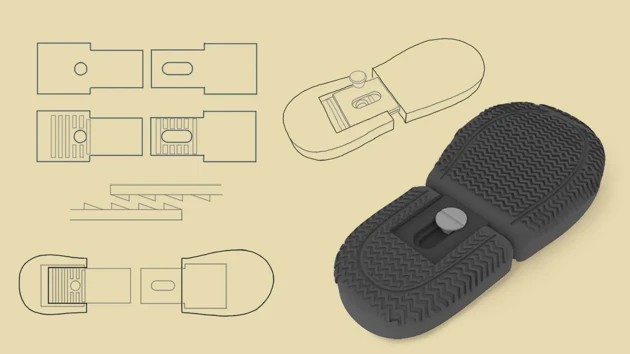
Construction details and exploration of the outer sole
